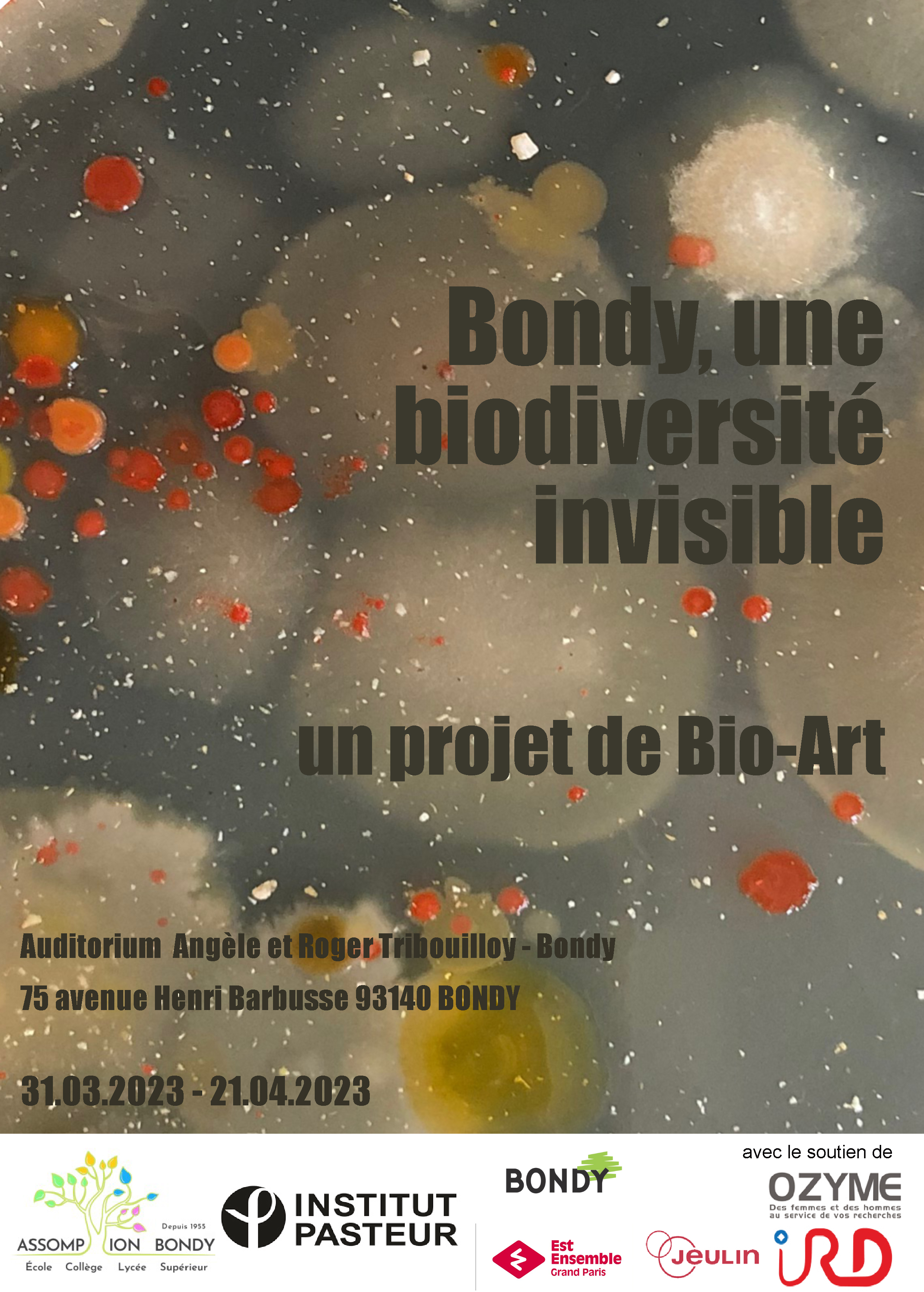
 science and society
science and society
Bio-Art: a bridge between science and society, a link between scientists and high school students
Bio-Art offers a unique opportunity to introduce science to the general public in an appealing, accessible way. By using or drawing on living materials, bio-artists can create works that encourage the public to reflect critically on the relationship between science, their environment and society.
©Alexandrine Deve

Bio-Art enables spectators to interact with living organisms, making science more tangible and easier to understand. By engaging with spectators through familiar items, in places that are often neglected by traditional scientific outreach, it can strengthen the impact of the works produced.
This approach and mindset and a desire to go beyond the walls of campus inspired a unique Bio-Art project, culminating in an exhibition, carried out collaboratively by volunteers from the Department of Microbiology and first-year students at the Lycée de l'Assomption in Bondy, Greater Paris, studying Biotechnology and Art. The aim of the initiative was to raise awareness among participants and visitors to the exhibition of the vast but largely unknown world of microbial biodiversity, via an approach rooted in both art and science.
Over the seven working sessions held in the first half of 2022, in Bondy and at the Institut Pasteur, the students and volunteers explored several questions, such as: How can we truly understand and characterize the wealth of microbial life in a modern city? How does the food we eat on a daily basis affect the growth of microorganisms? How can we use microorganisms to express ourselves? The sessions were also an opportunity for valuable discussions about careers in science and different educational and career pathways.
The works that the students and scientists produced following the sessions were also designed to encourage the public to reflect on the microbes that surround us, on the invisible biodiversity that coexists alongside us.
The Pasteur Museum is also contributing to the Bio-Art project in Bondy by loaning facsimiles (a swan neck flask, U-tube, lab flask, etc.) to complement the exhibition. The exhibition includes a "Pasteur corner" to display these specific objects.

The exhibition "Bondy, an invisible biodiversity" will run from March 31 to April 21 in the Angèle & Roger Tribouilloy auditorium in Bondy.
As well as the Department of Microbiology and the Lycée de l'Assomption, the project was supported by Jeulin, Ozyme, the French Research Institute for Development (IRD) and Bondy Town Council.
